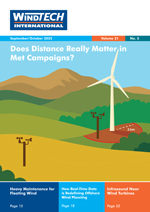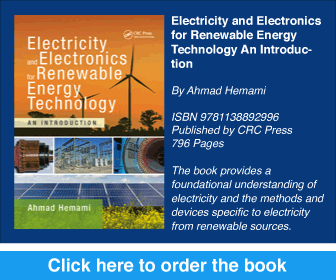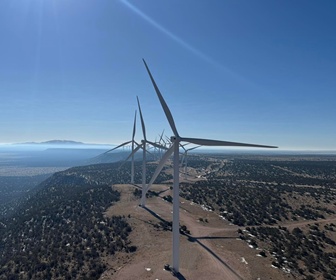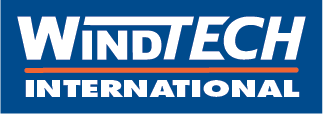- Category: Articles
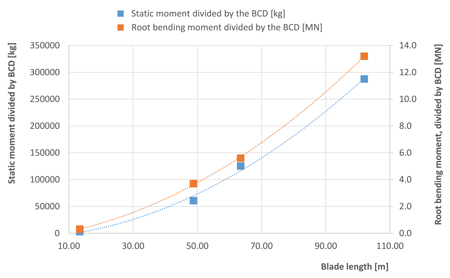 Optimisation of Blade Connections
Optimisation of Blade ConnectionsThe increasing length of recent large rotor blades with their growing mass and static moments brings new challenges with regard to the design of their blade connections. Since 2008, WINDnovation has designed approximately 250 blades and blade connections with very different individual solutions.
By Frank Seewald, Torsten Sadowski, Roland Stoer, WINDnovation Engineering Solutions, Germany
- Category: Articles
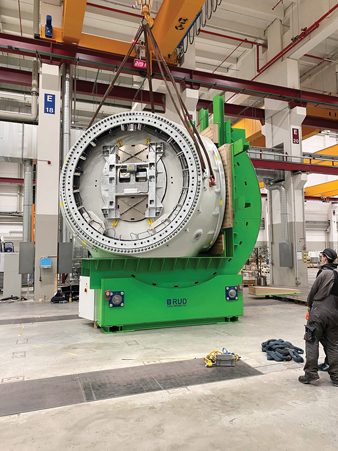 A New Manufacturing Solution to Handle Rotor Hubs
A New Manufacturing Solution to Handle Rotor HubsEnercon is the first wind turbine manufacturer to break entirely new ground in handling rotor hubs on the assembly line – instead of using cranes and slings, Enercon relies on a compact turning table from RUD Ketten Rieger & Dietz, based in Aalen (Baden-Württemberg, Germany).
By Sabrina Deininger
- Category: Articles
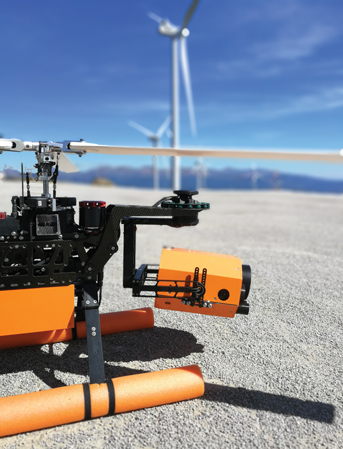 Fulfilling content resolution requirements
Fulfilling content resolution requirementsWhen discussing with potential partners about the visual inspection of wind turbines with drones, the first question that arises is which drone do you recommend? Inspecting wind turbines is not just about flying around the rotor blades and gathering high resolution pictures of everything. It is about image quality and supplementary metadata that improve the overall value of, and information about, an inspection flight, and processing and presenting the results in a manner that allows rotor blade experts to make precise decisions.
By Christian Raml, Head of Research and Development, Aero Enterprise, Austria
- Category: Articles
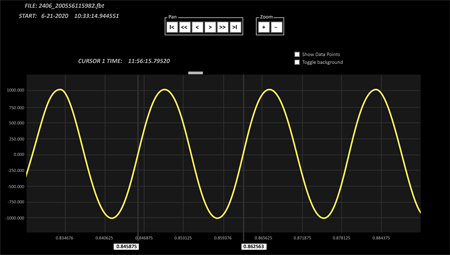 Offshore Wind Poised for Potential Boom
Offshore Wind Poised for Potential BoomAs the Biden administration prepares for unprecedented development in renewable generation, Asia-Pacific wind generation is hitting record level spend, and South Korea unveils seismic plans to build the world’s largest offshore wind farm, wind farm operators are positioning themselves to capitalise on this all-time high, gigawatt power generation fever.
By Gregory R. Wolfe, CEO / Chief Technology Officer and Co-Founder, Fischer Block, Inc., USA
- Category: Articles
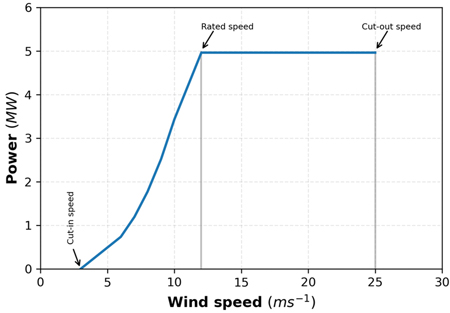 Impact of Wind Farms on Wind Speed and Capacity Factor
Impact of Wind Farms on Wind Speed and Capacity FactorOffshore wind farms are getting more attention as a source of renewable energy due to high and consistent offshore winds. These reliable offshore winds favour the construction of large offshore wind farms despite their high installation and operational costs. However, the deployment of such large offshore wind farms in proximity to each other, as planned in the North Sea, can significantly affect power generation and increase economic losses of the downstream wind farms.
By Naveed Akhtar, Scientist, Helmholtz-Zentrum Hereon, Germany
- Category: Articles
A Brief Review of Methods and Requirements
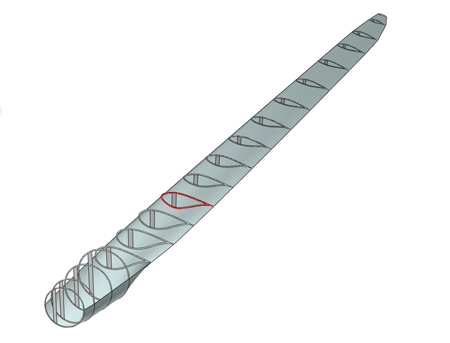 A consistent trend found in the manufacturing process of utility-size, horizontal-axis wind turbines throughout the years is the steady growth of the rotor diameter, which has led to a decreasing cost of wind energy conversion. However, while power conversion increases with the third power of the wind velocity, the aerodynamically generated noise may scale with the fifth or sixth power of the flow velocity. Thus, the noise associated with the ever-larger rotor diameter and higher local speeds due to increasing tower heights might impose limitations on the size of onshore-bound equipment in the future. This environmental restriction involves structural and material technical challenges already faced by the wind energy industry, which must meet challenging clean energy goals set by countries worldwide in order to fulfil greenhouse gas emissions limitations and global warming temperature limits proposed by the Paris Agreement and other subsequent sessions of the Conference of the Parties of the United Nations.
A consistent trend found in the manufacturing process of utility-size, horizontal-axis wind turbines throughout the years is the steady growth of the rotor diameter, which has led to a decreasing cost of wind energy conversion. However, while power conversion increases with the third power of the wind velocity, the aerodynamically generated noise may scale with the fifth or sixth power of the flow velocity. Thus, the noise associated with the ever-larger rotor diameter and higher local speeds due to increasing tower heights might impose limitations on the size of onshore-bound equipment in the future. This environmental restriction involves structural and material technical challenges already faced by the wind energy industry, which must meet challenging clean energy goals set by countries worldwide in order to fulfil greenhouse gas emissions limitations and global warming temperature limits proposed by the Paris Agreement and other subsequent sessions of the Conference of the Parties of the United Nations.By Joseph Youssif Saab Jr and Alexandre Martuscelli Faria, Brazil
- Category: Articles
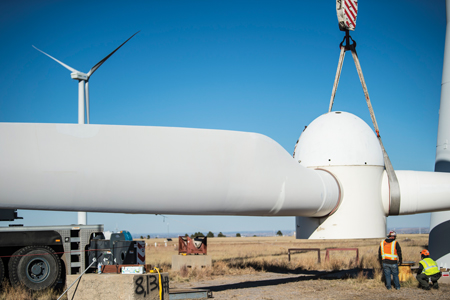 Opportunities to Recover Materials and Energy from End-of-Life Wind Turbine Blades
Opportunities to Recover Materials and Energy from End-of-Life Wind Turbine BladesAs wind turbines installed in the late 1990s and early 2000s begin to be decommissioned, it is important to consider sustainable options for handling their end-of-life materials. Recycling and other circular economy methods can reduce the material intensity of wind energy production, but composite blades are more difficult to recycle than many other major wind turbine components. Several circular economy strategies have been developed for processing composite materials, thereby enhancing the sustainability of electricity production from wind energy.
By Aubryn Cooperman, engineering analyst, National Wind Technology Center, NREL, USA
Use of cookies
Windtech International wants to make your visit to our website as pleasant as possible. That is why we place cookies on your computer that remember your preferences. With anonymous information about your site use you also help us to improve the website. Of course we will ask for your permission first. Click Accept to use all functions of the Windtech International website.



